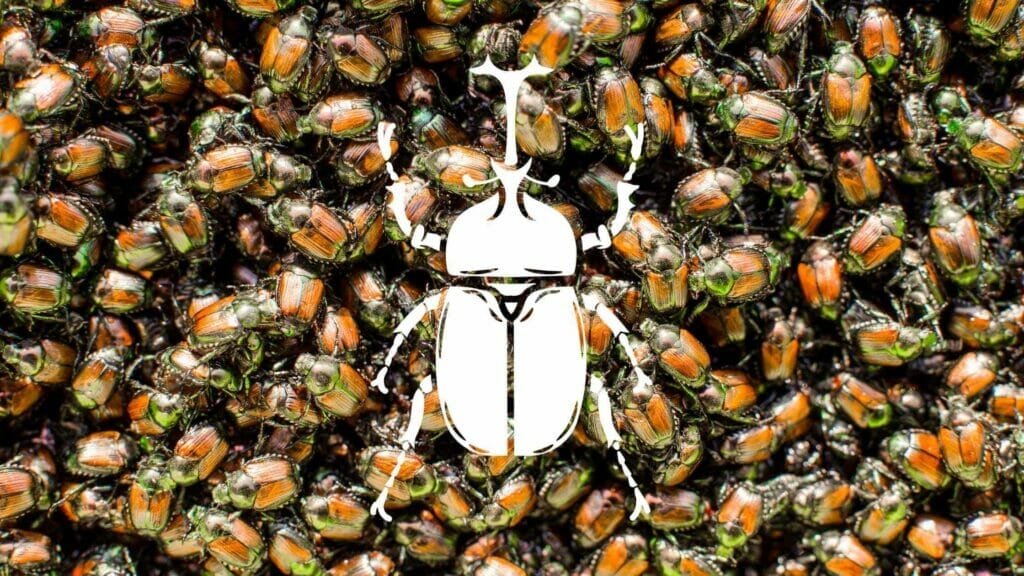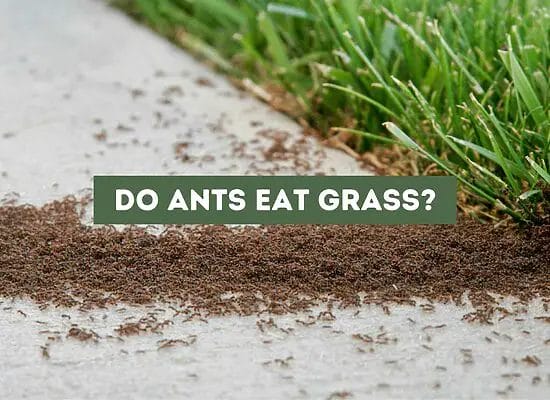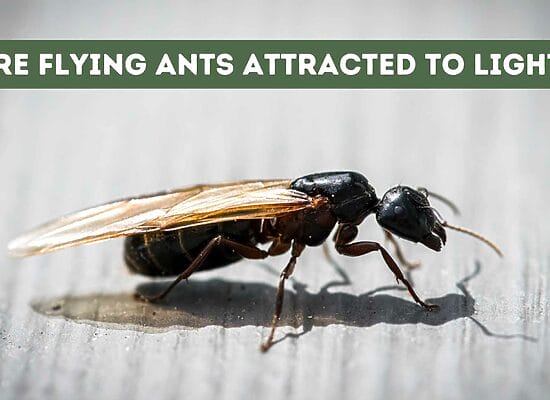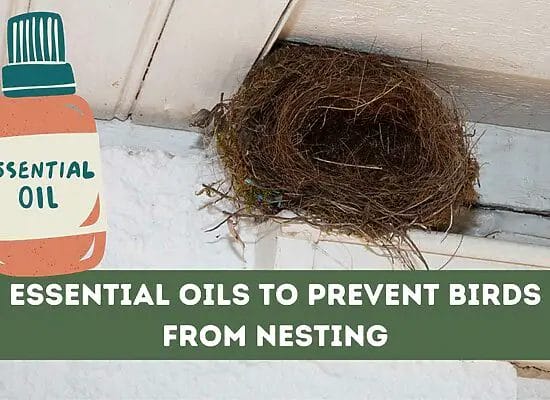
Are you tired of Japanese beetles invading your garden during the day and destroying your plants? Have you ever wondered where these pesky insects go at night?
So, where do Japanese beetles go at night? According to experts, Japanese beetles retreat to their underground nests to hide at night. Every worker needs to retire to bed after a hard day’s job, and so do the Japanese beetles. They are found in long grass or near thick foliage, where they can rest and hide until the next morning. But how can you keep them away from your garden during the day?
Key takeaways:
- Japanese beetles are both active during the day and at night.
- At night, Japanese beetles retreat to their underground nests for hiding.
- They rest and hide in long grass or near thick foliage.
- Japanese beetles can be attracted to light sources such as porch lights or streetlights.
- To control Japanese beetle populations, traps and insecticides can be used, but caution must be exercised.
- Japanese beetles cause damage to foliage by feeding on leaves, flowers, and fruits, leaving a skeletonized appearance.
- Preventative measures, such as removing preferred food sources and encouraging natural predators, can help prevent Japanese beetle infestations.
Do Japanese Beetles Come Out at Night?
If you’re wondering whether Japanese beetles come out at night, the answer is yes. Japanese beetles are most active during the day, but they can also be seen flying around at night. They are attracted to light sources, so you may spot them around porch lights or streetlights.
Japanese beetles are known to hide in shallow nests near dense leaves at night. They usually make these shelters a couple of inches below the surface and near vegetation. So, if you have a lot of plants in your garden, it’s a good chance these bugs will hide there.
During the day, Japanese beetles feed on the leaves, flowers, and fruits of a wide variety of plants. They can cause significant damage to crops and ornamental plants, so it’s essential to take steps to control their population.
One way to reduce the number of Japanese beetles in your garden is to use traps. These traps use a scent to lure the beetles in, and they become trapped inside. However, it’s essential to place the traps away from your garden, or you’ll end up attracting more beetles than you can handle.
In addition to traps, you can also use insecticides to control Japanese beetle populations. However, it’s important to use these products carefully and follow the instructions on the label. Overuse of insecticides can harm beneficial insects and pollinators, so it’s essential to use them sparingly.
Understanding Japanese Beetles
If you’re a gardener, you’ve probably encountered the invasive Japanese beetle. These pests are native to Japan and were first introduced to the United States in the early 1900s. Since then, they have spread across the country and are now a common sight in many gardens.
Japanese Beetles Life Cycle
Understanding the life cycle of Japanese beetles can help you control their population. These pests have a one-year life cycle that begins in the summer when the female beetles lay their eggs in the soil. The eggs hatch into larvae, which feed on the roots of grass and other plants.
In the fall, the larvae burrow deeper into the soil to overwinter. In the spring, they emerge as adult beetles and begin feeding on plants. Adult beetles mate and lay eggs, starting the life cycle over again.
Controlling Japanese Beetles
There are several ways to control Japanese beetle populations in your garden. One popular method is to use Japanese beetle traps. These traps use pheromones to attract beetles, which are then trapped in a bag. However, be aware that these traps can actually attract more beetles to your garden.
Another method is to manually remove beetles from plants. This can be time-consuming, but it can be effective if done regularly. You can also use insecticides to control Japanese beetles, but be sure to follow the instructions carefully and use them only when necessary.
Fun Fact: Did you know that Japanese beetles are attracted to certain colors? They are particularly drawn to the color white, so if you have white flowers in your garden, you may see more Japanese beetles on them.
The behavior of Japanese Beetles
Japanese beetles are fascinating creatures that have specific behaviors and movements during the day and night. Understanding their behavior is crucial in controlling and managing their population in your garden. In this section, we will explore the activity patterns, preferred weather, and preferred time of the day of Japanese beetles.

Activity Patterns
Japanese beetles are most active during the day, especially in warm and sunny weather. They feed on plants, mate, and move around in search of new food sources. However, they tend to be less active when the temperature is above 90°F (32°C) or below 60°F (15°C). During these times, they retreat to cooler or warmer areas until the temperature becomes favorable again.
At night, Japanese beetles become less active and tend to retreat to shallow nests near dense leaves. They may also feed on plants during the night, especially if there is enough light to see. However, they are not as active as they are during the day.
Preferred Weather
Japanese beetles prefer warm and sunny weather, as it provides the ideal temperature for their development and activity. They become most active when the temperature is between 75°F (24°C) and 85°F (29°C) and tend to be less active when the temperature is too hot or too cold. They also prefer humid weather, as it helps them conserve water and stay hydrated.
Preferred Time Of The Day
Japanese beetles are active during the day and tend to be less active at night. However, they may emerge once the temperature becomes favorable and feed on plants during the night. They tend to be most active in the early morning and late afternoon, especially when the weather is warm and sunny.
Damage Caused by Japanese Beetles
Japanese beetles can cause significant damage to your garden, affecting both foliage and plant roots. Understanding the type of damage caused by Japanese beetles can help you take preventative measures to protect your plants.
Foliage Damage
One of the most common types of damage caused by Japanese beetles is to foliage. These beetles feed on leaves, flowers, and fruit, leaving behind a skeletonized appearance. This means that the leaves are eaten away, leaving only the veins intact.
The damage caused by Japanese beetles to foliage can be severe and can lead to stunted growth, reduced yields, and even death of the plant. Some of the plants that are most affected by Japanese beetle damage include roses, raspberries, grapes, and green beans.
Root Damage
Japanese beetles can also cause damage to plant roots. The larvae of Japanese beetles, known as grubs, feed on the roots of plants, causing significant damage. This can lead to reduced plant growth, wilting, and even death of the plant.
If you notice Japanese beetles in your garden, it is important to take preventative measures to protect your plants from both foliage and root damage. Some tips for preventing Japanese beetle damage include:
- Handpicking Japanese beetles off of plants
- Applying insecticides to affected plants
- Using natural predators such as birds and beneficial insects to control Japanese beetles
- Planting Japanese beetle-resistant plants such as marigolds, chrysanthemums, and catnip
By taking preventative measures, you can protect your garden from the damage caused by Japanese beetles and ensure that your plants thrive.
Getting Rid of Japanese Beetles
If you’ve noticed a Japanese beetle infestation in your garden, you’re probably wondering how to get rid of them. Fortunately, there are several ways to remove these invasive pests.
Natural Methods
One way to remove Japanese beetles is to use natural predators. Birds, frogs, and toads all eat Japanese beetles, so attracting these animals to your garden can help control the population. You can also use neem oil, a natural insecticide that repels Japanese beetles.
Another natural method is to remove the beetles by hand. Simply shake the beetles off your plants into a bucket of soapy water. This will kill the beetles without harming your plants.
Chemical Methods
If natural methods don’t work, you may need to use chemical insecticides. Look for products that contain carbaryl or imidacloprid, which are effective against Japanese beetles.
Before using any insecticide, be sure to read and follow the instructions carefully. Wear protective clothing and avoid spraying on windy days. It’s also important to note that insecticides can harm natural predators, so use them sparingly.
Pro Tip: To prevent Japanese beetle grubs from hatching in your lawn, apply a grub control product in early spring or late summer. This will kill the grubs before they have a chance to turn into adult beetles.
By using these methods, you can remove Japanese beetles from your garden and prevent them from wreaking havoc on your plants.
Preventing Japanese Beetles
If you want to prevent Japanese beetles from invading your garden, there are a few things you can do. By taking some simple preventative measures, you can keep these pests at bay and protect your plants from their voracious appetites.
Preventative Measures
One of the most effective ways to prevent Japanese beetles from infesting your garden is to remove their preferred food sources. Japanese beetles love to feed on fruit trees, roses, and other ornamental plants, so if you have these in your garden, you may be attracting these pests.
To prevent Japanese beetles, consider removing these plants from your garden or replacing them with less attractive alternatives. You can also try covering your plants with row covers to keep the beetles away.
Another effective method for preventing Japanese beetles is to keep your lawn well-maintained. Japanese beetles are partial to long grass and thick vegetation, so keeping your lawn trimmed and tidy can help deter these pests.
Natural Predators
In addition to preventative measures, there are also natural predators that can help control Japanese beetle populations. One of the most effective natural predators is the northern masked chafer, a beetle species that feeds on the larvae of Japanese beetles.
If you have a problem with Japanese beetles, consider introducing northern masked chafers to your garden. You can also encourage other natural predators, such as birds and toads, by providing them with food and shelter.
By taking these preventative measures and encouraging natural predators, you can keep Japanese beetles at bay and protect your garden from these destructive pests.
Pro Tip: Japanese beetles are most active during the day, so try to remove them during the brighter hours. You can also get rid of Japanese beetles without using chemicals by handpicking them in the morning when they are sluggish. After the first frost, Japanese beetles typically die off, so you can also wait until then to remove them.
FAQ: Where Do Japanese Beetles Go At Night?
What are Japanese beetles?
Japanese beetles are an invasive species of beetle that were introduced to the United States in the early 1900s. They are known for their metallic-green bodies and copper-colored wing covers.
What do Japanese beetles like?
Japanese beetles like to eat a wide variety of vegetation, including leaves, flowers, and fruit. They are particularly fond of roses, grape vines, and fruit trees.
When are Japanese beetles active?
Japanese beetles are most active during the daytime when temperatures are warm. They tend to be less active on cool, cloudy, or rainy days.
Are Japanese beetles active at night?
Yes, Japanese beetles are active at night as well as during the day. In fact, they tend to be more active during warm, humid nights.
Where do Japanese beetles go at night?
Japanese beetles are known to nest in the ground at night. They burrow into the soil and can be found in groups. In the daytime, they emerge from the ground to feed on vegetation.
How long do Japanese beetles live?
Japanese beetles typically live for about one month. They spend most of their time eating and traveling.
What can I do to get rid of Japanese beetles?
There are several ways to get rid of Japanese beetles, including using pesticides, manually picking them off plants, and using traps. It is important to note that some of these methods may harm beneficial insects.
Can Japanese beetles die from cold weather?
Yes, Japanese beetles are summer species and prefer temperatures around 70 degrees Fahrenheit. They will not survive the winter in colder temperatures.
Do Japanese beetles build nests?
Japanese beetles do not build nests, but they do burrow into the ground at night to rest and protect themselves from predators.
Are Japanese beetles harmful to plants?
Yes, Japanese beetles can be harmful to plants. They can defoliate entire trees and bushes if left unchecked. In addition, their feeding can open up wounds in the plant that can lead to disease.












